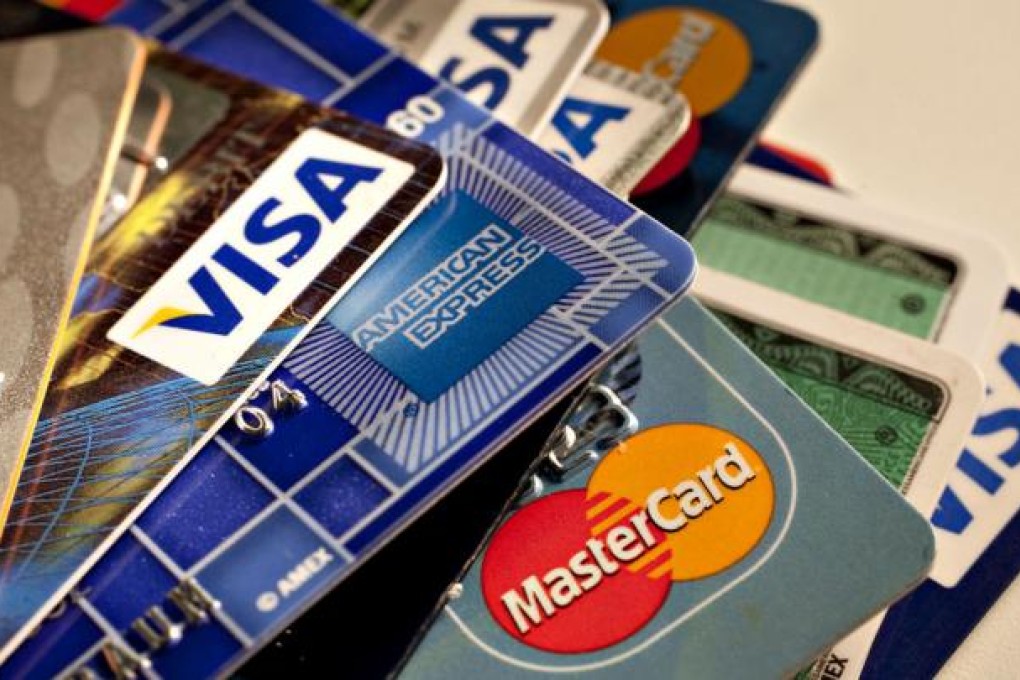Ask Melanie | Ask Melanie: How to avoid falling off your own fiscal cliff
Melanie Nutbeam, a certified financial planner based in Hong Kong, addresses common personal finance queries. Send your questions to melanie.nutbeam@hfs.com.hk

Start with an assessment of everything you own and everything you owe. Next, draw up a family budget or spending plan.
Use a spreadsheet or Word document to list all monthly income and expenses. Tax payments, rent or mortgage repayments, utilities, domestic help, food and groceries, school fees, subscriptions and memberships, health and beauty, clothing, travel and insurance are key groupings for most people.
Divide lump-sum expenditures like travel by 12 to come up with a monthly average. Begin with estimates to get you started then confirm actual spending against the last three to six months of bank and credit card statements. This will be a good indicator of fixed expenses. Record ATM withdrawals and decide later whether further dissection is necessary - small expenditures add up quickly.
If you want to live within your means while allowing investments to accumulate, keep separate spreadsheets of income and outflows for each investment.
If, for example, you have an investment property, record rental income and subtract all outflows for the property (for maintenance, tax, and so on). Save any surplus to offset future property costs or add it to investment capital for further accumulation.
